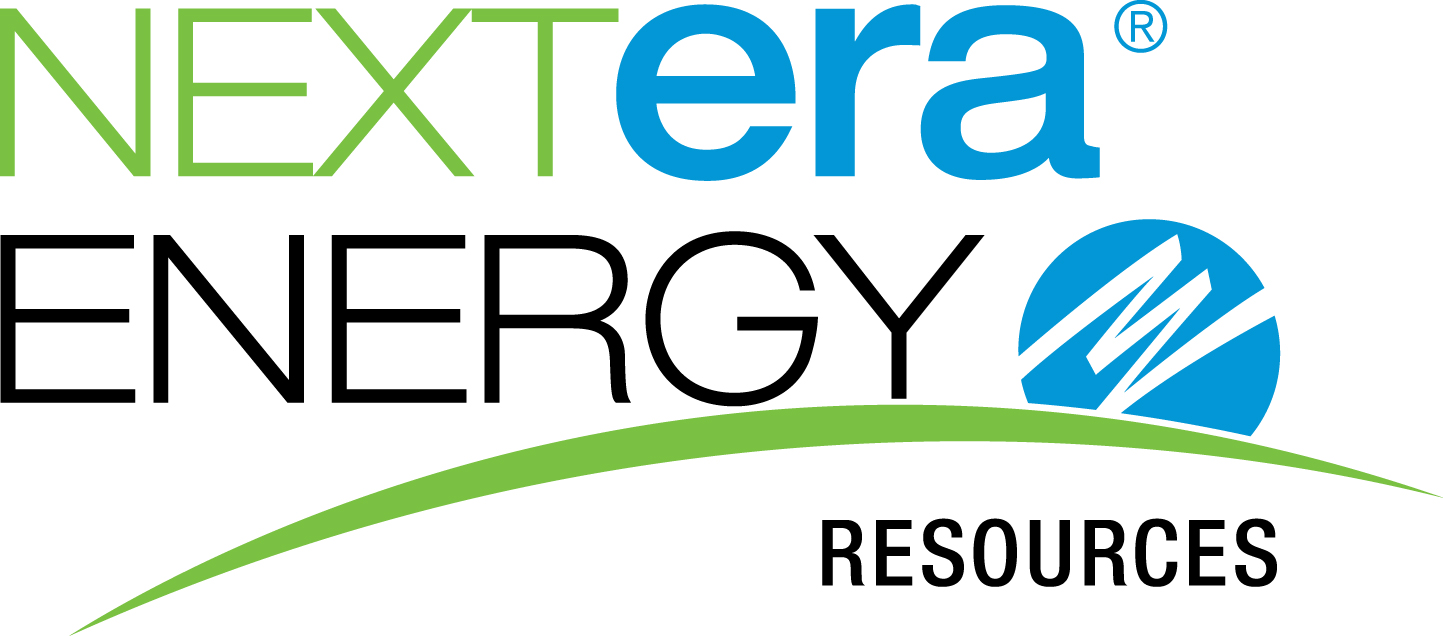Economic Update: The Latest on Houston Jobs, the Energy Sector and More
Published Jun 23, 2020 by A.J. Mistretta
Houston's economy continues to struggle and likely will for the foreseeable future as it continues to contend with the effects of the COVID-19 pandemic and the collapse of the oil market.
That was the main takeaway from the Partnership’s Senior Vice President of Research Patrick Jankowski’s June 23 economic update. Jankowski provided some insight into the latest data on the national and local economy as well as specifics on the energy industry.
Here are a few takeaways:
- 1.5 million Americans filed initial claims for unemployment insurance last week. While new claims are down from where they were a few weeks ago, they are still about five times the normal rate.
- The latest federal report shows roughly 45 million unemployment claims have been filed nationwide since the pandemic began. Jankowski said he suspects some of those claims are duplicates since 45 million individual claims would mean 1 in every 4 workers lost their job, which does not appear to be the case.
- Ongoing claims for unemployment insurance—or those who have filed at least two consecutive weeks of claims—stand at about 21 million. That’s three times the number we saw at the peak of the Great Recession.
- Though retail sales showed a rebound in May from their sharp decline in March and April, Jankowski cautions that the increase was from a nearly non-existent level of activity the previous month. Year-over-year figures show an anemic retail landscape in May compared with May 2019.
- The U.S. Purchasing Managers Index showed a record low reading of 34 in April. The index is showing some signs of improvement but Jankowski warns this could be the result of false positives in lead time orders tied to ongoing supply chain issues.
- Here in Houston the latest figures show 26,000 new jobless claims last week. That’s down significantly from early April but still well above the average for this time of year of about 4,000 claims per week. So far, about 540,000 jobless claims have been filed in the Houston region since the pandemic began.
- Some sectors that saw significant losses in March and April—including hospitality, health care, wholesale trade, construction and retail—began to add jobs back in May. But other sectors including manufacturing, government, mining and logging (oil and gas) and professional/scientific services are still losing jobs.
- Altogether the Houston region lost 350,200 jobs in March and April and gained back 73,800 jobs in May.
- Among other indicators: single family home listings were down by nearly 4,000 in May compared with the same month a year ago and restaurant reservations are down 63% compared with a year ago.
- Jankowski said a recent survey of local businesses found a growing number believe their situation is improving as reopening continues.
Energy
- Global oil demand remains weak and we may have to look as far as 2022 to see demand for crude reach pre-pandemic levels.
- U.S. crude production has dropped by 2 million barrels a day while the domestic rig count sits at just 266, the lowest its been since the 1930s.
- New drilling permits in May were less than a quarter of what they were in May 2019.
- There are some positives that are buoying the oil market, from Saudi Arabia and Russia having reached a truce on output to OPEC agreeing to hold 9.7 million barrels per day off the global market.
- Still more than half of the energy companies that participated in a recent survey said they expect layoffs in the months ahead. “We will never see oil and gas employment get back to where it was in December 2014,” Jankowski said. “Employment in the industry today is pretty much where it was in 2006.”
- The most concerning aspect of the energy job losses is how much they impact earnings overall in Houston. Jobs in exploration and production pay four times the average weekly salary in the region, Jankowski said.
- In recent decades Houston’s economy has become increasingly linked to the national and global economies and less dependent on energy. Jankowski said that helped the region weather the last energy downturn. This time however, all three legs of that economic stool—the national economy, global economy and energy—are suffering. “Energy has been real good to Houston,” he said. “It’s still a big part of our economy but we cannot rely on it like we have in the past.”
Economic update presentations are open to Partnership members. Members also have ongoing access to a recording of the presentation. Learn more about membership.
See the Reopen Houston Dashboard and more local economic indicators.
 The Houston Report
The Houston Report





















